Category: Deep Dive
-
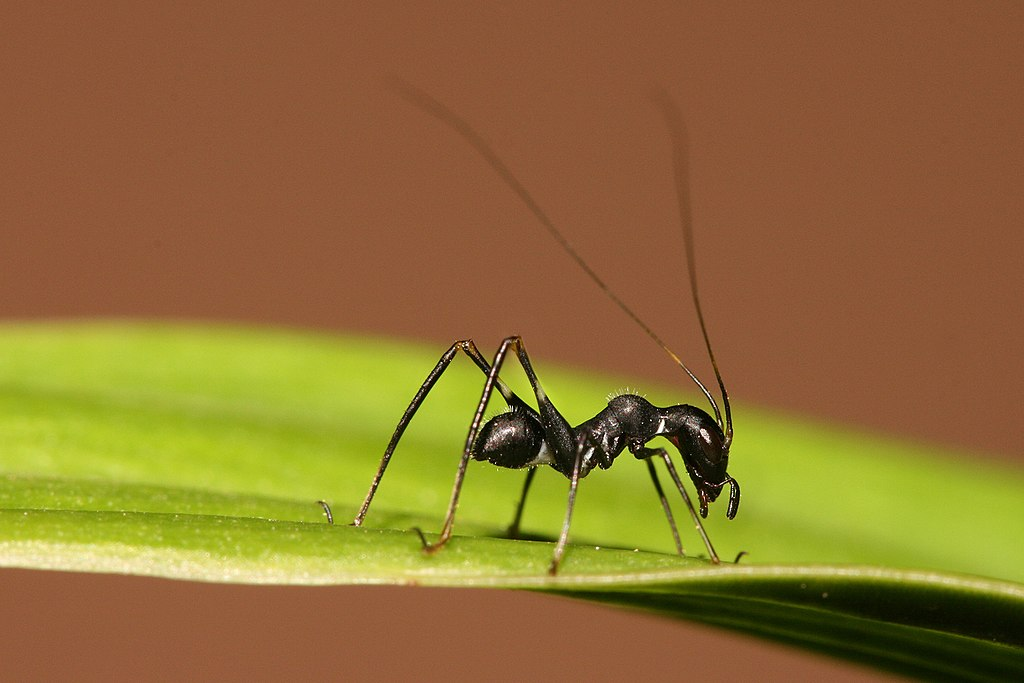
Ant-mimicking Orthoptera: Crickets, grasshoppers etc.
Batesian mimicry Young instars of some Orthoptera, such as the bush cricket Macroxiphus sumatranus, have an “uncanny resemblance” to ants, extending to their black coloration, remarkably perfect antlike shape, and convincingly antlike behaviour. Their long antennae are camouflaged to appear short, being black only at the base, and they are vibrated like ant antennae. Larger instars suddenly change into typical-looking…
-

Allergolical (or allergological) syndrome that can show itself clinically with expressions of both respiratory allergy and alimentary allergy
Tabar AI, Acero S, Arregui C, Urdánoz M, Quirce S. Asma y alergia por el colorante carmín [Asthma and allergy due to carmine dye]. An Sist Sanit Navar. 2003;26 Suppl 2:65-73. Spanish. PMID: 13679965. Abstract Cochineal carmine, or simply carmine (E120), is a red colouring that is obtained from the dried bodies of the female…
-
The chemical nature of flavokermesic acid
JanWouters∗AndréVerhecken The chemical nature of flavokermesic acid. Tetrahedron Letters Volume 28, Issue 11, 1987, Pages 1199-1202 Received 24 November 1986, Available online 9 March 2001 https://doi.org/10.1016/S0040-4039(00)95325-5 Abstract: Flavokermesic acid, a minor dye constituent isolated from Kermes insects, was identified as 1-methyl-3,6,8-trihydroxy-9,10-anthracene dione-2-carboxylic acid (synonym for laccaic acid D or xanthokermesic acid). Flavokermesic acid is a minor…
-
Production of Carminic Acid by Metabolically Engineered Escherichia coli
Production of Carminic Acid by Metabolically Engineered Escherichia coliDongsoo Yang, Woo Dae Jang, and Sang Yup Lee Journal of the American Chemical Society 2021 143 (14), 5364-5377 DOI: 10.1021/jacs.0c12406 Abstract: Carminic acid is an aromatic polyketide found in scale insects (i.e., Dactylopius coccus) and is a widely used natural red colorant. It has long been produced…
-
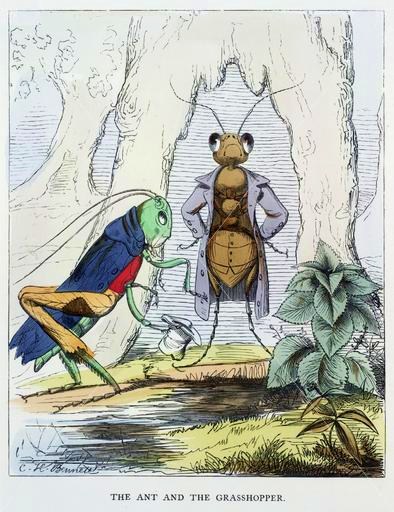
The Ant and The Grasshopper – Fable and Counter-fable
The Ant and the Grasshopper, alternatively titled The Grasshopper and the Ant (or Ants), is one of Aesop’s Fables, numbered 373 in the Perry Index. The fable describes how a hungry grasshopper begs for food from an ant when winter comes and is refused. The situation sums up moral lessons about the virtues of hard work and planning for the future.…
-
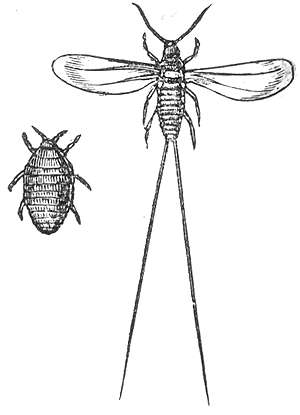
Cochineal
The cochineal (Dactylopius coccus) is a scale insect in the suborder Sternorrhyncha, from which the natural dye carmine is derived. A primarily sessile parasite native to tropical and subtropical South America through North America (Mexico and the Southwest United States), this insect lives on cacti in the genus Opuntia, feeding on plant moisture and nutrients. The insects are found on the pads of prickly pear cacti, collected by brushing them off…
-
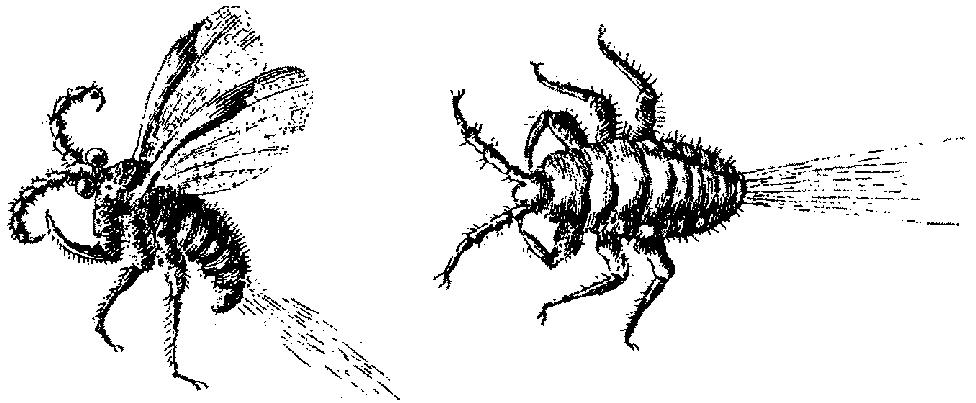
Polish Cochineal (Porphyrophora polonica)
Polish cochineal (Porphyrophora polonica), also known as Polish carmine scales, is a scale insect formerly used to produce a crimson dye of the same name, colloquially known as “Saint John’s blood”. The larvae of P. polonica are sessile parasites living on the roots of various herbs—especially those of the perennial knawel—growing on the sandy soils of Central Europe and other parts of Eurasia. Before the development of aniline, alizarin, and other synthetic dyes, the insect was…
-

Armenian Cochineal (Porphyrophora hamelii)
The Armenian cochineal (Porphyrophora hamelii), also known as the Ararat cochineal or Ararat scale, is a scale insect indigenous to the Ararat plain and Aras (Araks) River valley in the Armenian Highlands and in Turkey. It was formerly used to produce an eponymous crimson carmine dyestuff known in Armenia as vordan karmir (Armenian: որդան կարմիր, literally “worm’s red“) and historically in Persia as kirmiz.[1][2][3][4][5][6] The species is critically endangered within Armenia.[7] The Armenian cochineal scale insect, Porphyrophora hamelii, is in a different taxonomic family from the cochineal found in the Americas.…
-

Kermes is a red dye
Kermes is a red dye derived from the dried bodies of the females of a scale insect in the genus Kermes, primarily Kermes vermilioThe Kermes insects are native in the Mediterranean region and are parasites living on the sap of the host plant, the Kermes oak (Quercus coccifera) and the Palestine oak (Quercus calliprinos). These insects were used as a red dye since antiquity by the…
-

Kermes is a genus of scale insects in the order Hemiptera
There are some 20 species,[3] including: References External links
-

Rosolio (from around the internets)
Rosolio is a type of Italian liqueur made from a base of alcohol, sugar, and water in the same proportion, which is flavored by adding an essence of any of various types. Despite a common misconception based on the name, rosolio has no direct connection with roses or rose petals. (Rose essence is, however, one option for addition to the base; other options…
-
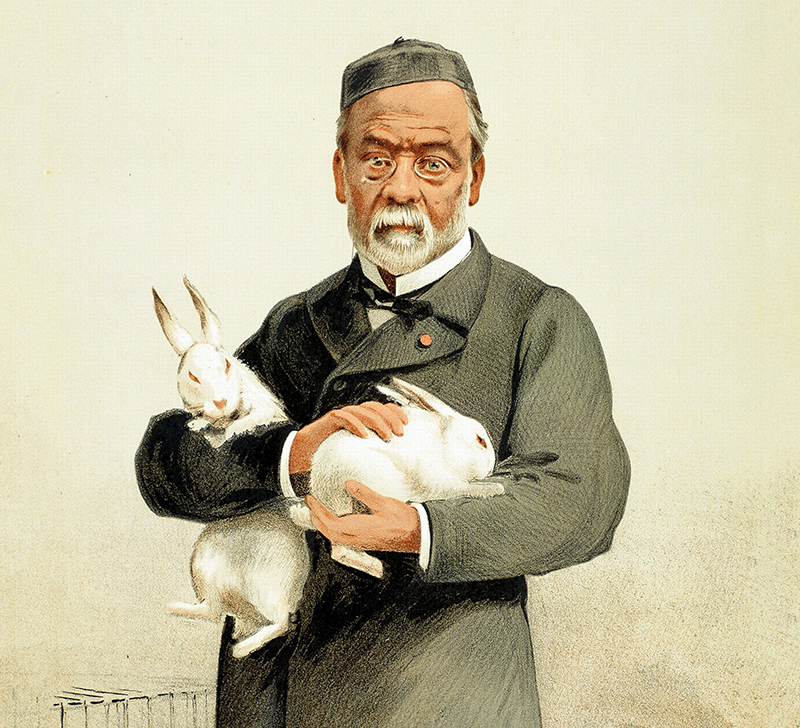
Cochineal Etymology
cochineal (n.) “brilliant crimson dyestuff consisting of the dried bodies of a species of insect,” 1580s, from French cochenille (16c.), probably from Spanish cochinilla, from a diminutive of Latin coccinus (adj.) “scarlet-colored,” from coccum “berry (actually an insect) yielding scarlet dye” (see kermes). But some sources identify the Spanish source word as cochinilla “wood louse” (a diminutive form related to French cochon “pig”). The insect (Coccus Cacti) was…
-
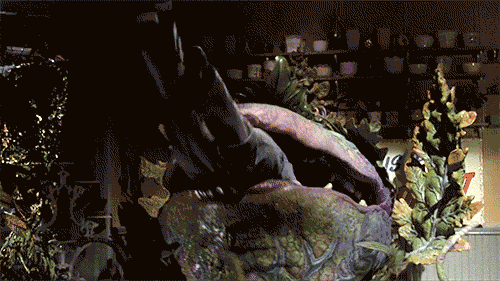
Nepenthesin (and the carnivorous plants it comes from)
Nepenthesin (also spelled nepenthacin or nepenthasin) is an aspartic protease of plant origin that has so far been identified in the pitcher secretions of Nepenthes and in the leaves of Drosera peltata. Discovery In the late 19th century, Sydney Howard Vines showed that the pitcher fluid from Nepenthes could digest protein in acidic conditions. He suggested the plants were making a digestive enzyme, for which he proposed the name “nepenthin”. In…
-

“The gas was brought by a car bearing the International Red Cross sign”
“All have entered. A gruff order was heard. ‘Will the S.S. and special commando leave the chamber.’ The doors were closed and the lights were turned off from outside. “At that exact moment, the noise of a car was heard. It was a luxurious car, bearing the sign of the International Red Cross, which arrived.…
Recent Posts
- 🧬 Disease Table with Low Sodium Connection
- 🧂 Sodium Reduction and Sodium Replacement: A History of Reformulation and Exploding Diseases, Including Many Diseases Unheard of Before Deadly Sodium Policies
- 🧂 The DEADLY 1500 mg Sodium Recommendation predates the WHO’s formal global sodium reduction push by nearly a decade (and it’s even worse than that)
- 🧬 What Is Beta-Glucuronidase?
- When Sugar Was Salt: Crystalline Confusion and the Covenant of Sweetness
Tags
ADAM ASPARTAME Birds Blood Bones Brain Bugs Cancer Columba Cows crystallography Death Death cults Eggs Etymology Gastrin Gold Growth hormone History Hormones Insulin Liver Mere Perplexity Metal Monkey Business Mythology Paracetamol Plants Poison Pregnancy Protein Religion Reproduction Rocks Salt Slavery Snakes Sodium the birds and the bees Thiocyanate Tobacco Tylenol Underworld Venom zinc
